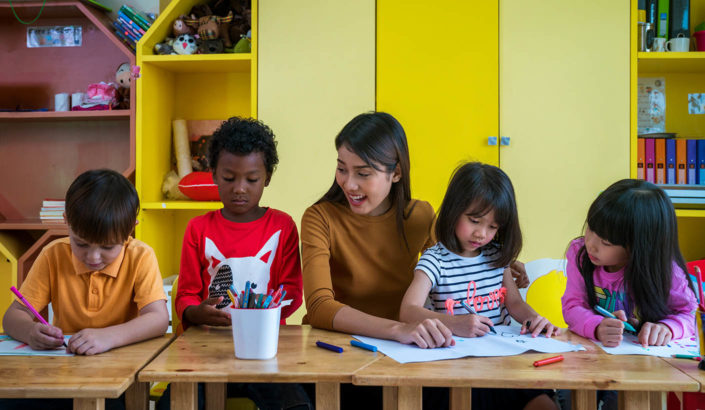To find what you need quickly, sort the practices by age level and duration.
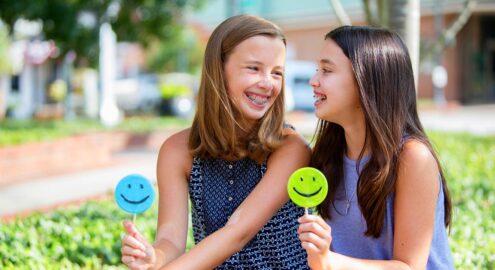
The Generosity Experiment
Students experiment and observe how it feels to be generous.

Moving Forward with Hope
A simple exercise to help you identify a goal and visualize how you will achieve it
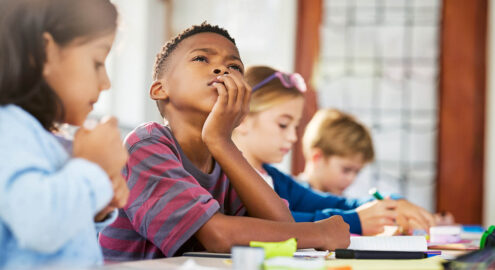
A Hopeful Plan
A goal-setting process for students that fosters hope in action
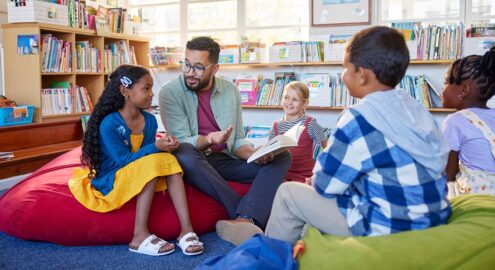
Is Fair, Fair?
Learn the difference between equality and equity

Truth or Tale?
A fun and quick game about honesty

A Hopeful Legacy
Students foster hope through connecting with what is important to them and related goals.

Mindshifts: An Intellectual Humility Reflection Tool
Help students cultivate intellectual humility by reflecting on a belief they have reconsidered.

Become an Admitter
Students or staff members celebrate humility (“I was wrong”) and practice curiosity (“Tell me more”) so that they can become more comfortable with making mistakes and increase their capacity for open-mindedness.

Checking Your Perspective
Partners practice perspective-taking (and perspective-receiving) when writing about their responses to a given scenario.
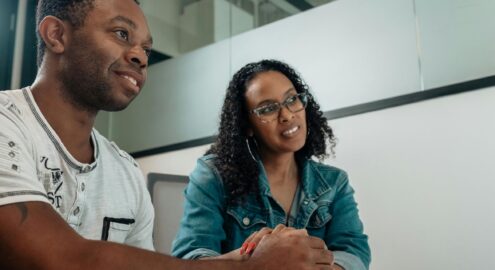
Asking Effective Interview Questions
Students play a question game that helps them to develop interview questions at three different levels of inquiry.
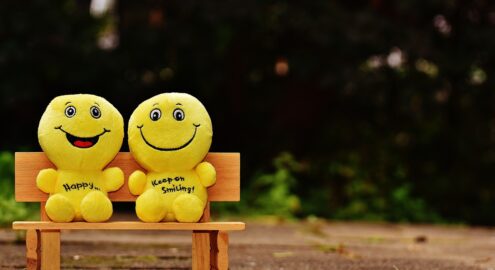
What Kind of Happy Are You?
Students identify and discuss moments when they experience 10 positive emotions.

Asking Powerful Questions
Students learn about cultivating a curious mindset by asking powerful questions.
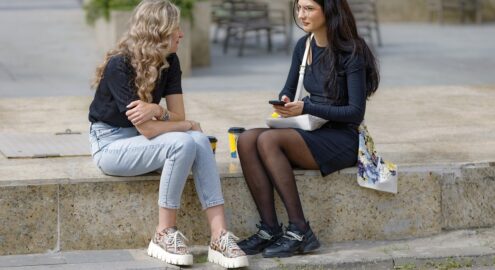
Practicing Shallow vs. Deep Curiosity
Students learn about the differences between shallow and deep curiosity and develop questions that reflect both levels of curiosity.

Module 8.1 Purpose for Students
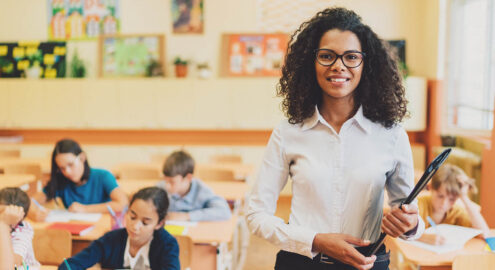
Module 7.1 Purpose for Educators

Take-Home Skill: Nurture Conversation Skills to Bridge Differences for Teens
Help teens learn communication strategies to enhance their capacity to bridge differences.
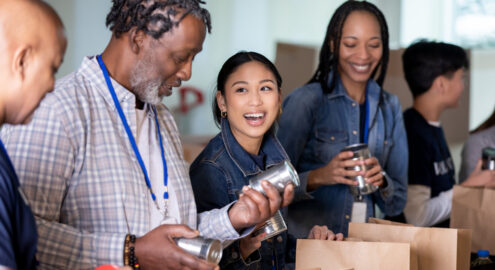
Take-Home Skill: Teens and Adults Collaborating to Uplift the Community
Help teens and adults bridge differences to promote positive changes in their community.

Take-Home Skill: Nurture a Value Diversity Mindset in Teens
Help adolescents reflect on the importance of recognizing different cultural and social identities.

Do you want to dive deeper into the science behind our GGIE practices? Enroll in one of our online courses for educators!


